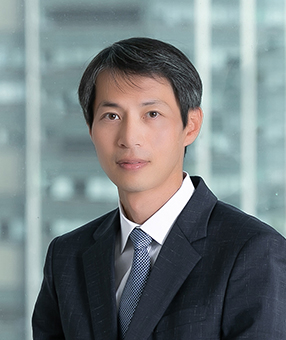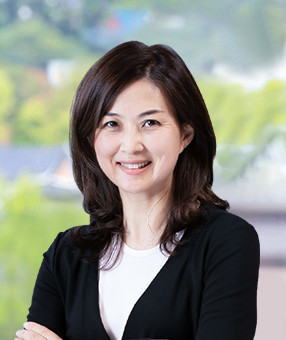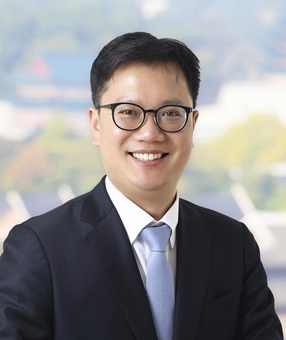In Korea, the number of lawsuits filed by employees against employers seeking compensation for in-service inventions is increasing. Recently, the Intellectual Property High Court rendered an interesting decision holding that, in case where an employer does not sell a product which uses an in-service invention, but only lowers manufacturing costs by practicing the in-service invention in the manufacturing process, if the employer's exclusive use of the in-service invention provides the employer with a competitive advantage in the market increasing the employer's sales or market share, then the employer is deemed to have gained profits exceeding those available from a non-exclusive royalty-free license. Moreover, the cost-saving profits are considered as the employer's profits, which constitutes a basis for calculating compensation to the inventor-employee (Intellectual Property High Court Case No. 2021Na1664 decided on August 31, 2023).
Background
Under the Invention Promotion Act of Korea (IPA), an inventor-employee is entitled to fair compensation in return for assignment of in-service inventions to his/her employer. In the lawsuits filed by employees seeking compensation for in-service inventions, Korean courts have used the following formula to calculate fair compensation:
| Fair compensation for in-service invention = ① employer's profits × ② employee-inventors' degree of contribution (1 - employer's degree of contribution) × ③ Plaintiff employee-inventor's contribution ratio among inventors |
Under Article 10(1) of the IPA, even if an employer chooses not to acquire the ownership or exclusive right to an in-service invention, the employer still has a non-exclusive, royalty-free license to the invention. Therefore, the employee's right to fair compensation for an in-service invention is recognized only when the profits the employer obtains from the ownership or exclusive license exceeds the benefits resulting from the non-exclusive license.
Discussions
The key issue in this case was whether the Defendant can be deemed to have obtained profits from its exclusive use of the in-service inventions at issue when the profits the Defendant obtained from the inventions was the reduction of manufacturing costs.
In this case, the court held as follows. The Defendant did not produce or sell products to which the in-service invention was applied, but only used the equipment that uses the in-service invention in its manufacturing line. Here, the fact that the cost was reduced does not necessarily mean that the Defendant enjoyed exclusive profits out of the invention. In other words, "cost reduction" does not automatically indicate the employer's profits for the purpose of calculating the fair compensation to the inventor-employee. Only when the Defendant precludes its competitors from practicing the inventions, and such profits exceed those from a non-exclusive license, the employer can be deemed to have enjoyed exclusive profits out of the in-service invention.
In the present case, the Defendant applied the dual doors of the in-service inventions to the electric furnaces installed in the steel manufacturing plant to separately operate each door, and such operation increased the steel recovery rate in the slag. The Defendant has actually gained significant cost-saving profits, and furthermore, the competitors would not be able to enjoy such cost-saving benefits from the in-service inventions. Considering such facts, the court held that the Defendant was in an advantageous position in the market compared to its competitors by practicing the in-service inventions, and gained certain exclusive profits from the inventions. However, considering that under the IPA, the employer has a non-exclusive royalty-free license even if the employer does not succeed to the in-service inventions, the court calculated the Defendant's profits resulting from practicing the in-service inventions as the exclusive license fee applicable to the inventions less the non-exclusive license fee.
Implications
This case presents the criteria for the remuneration of an in-service invention directed to a manufacturing process, not a product manufactured and sold by an employer. The court found that the manufacturing cost reduction earned by the employer from working the in-service inventions on its production facilities can be deemed as the employer's profits out of the in-service inventions, which constitutes a basis for calculating compensation to the inventor-employee.
Related Topics







